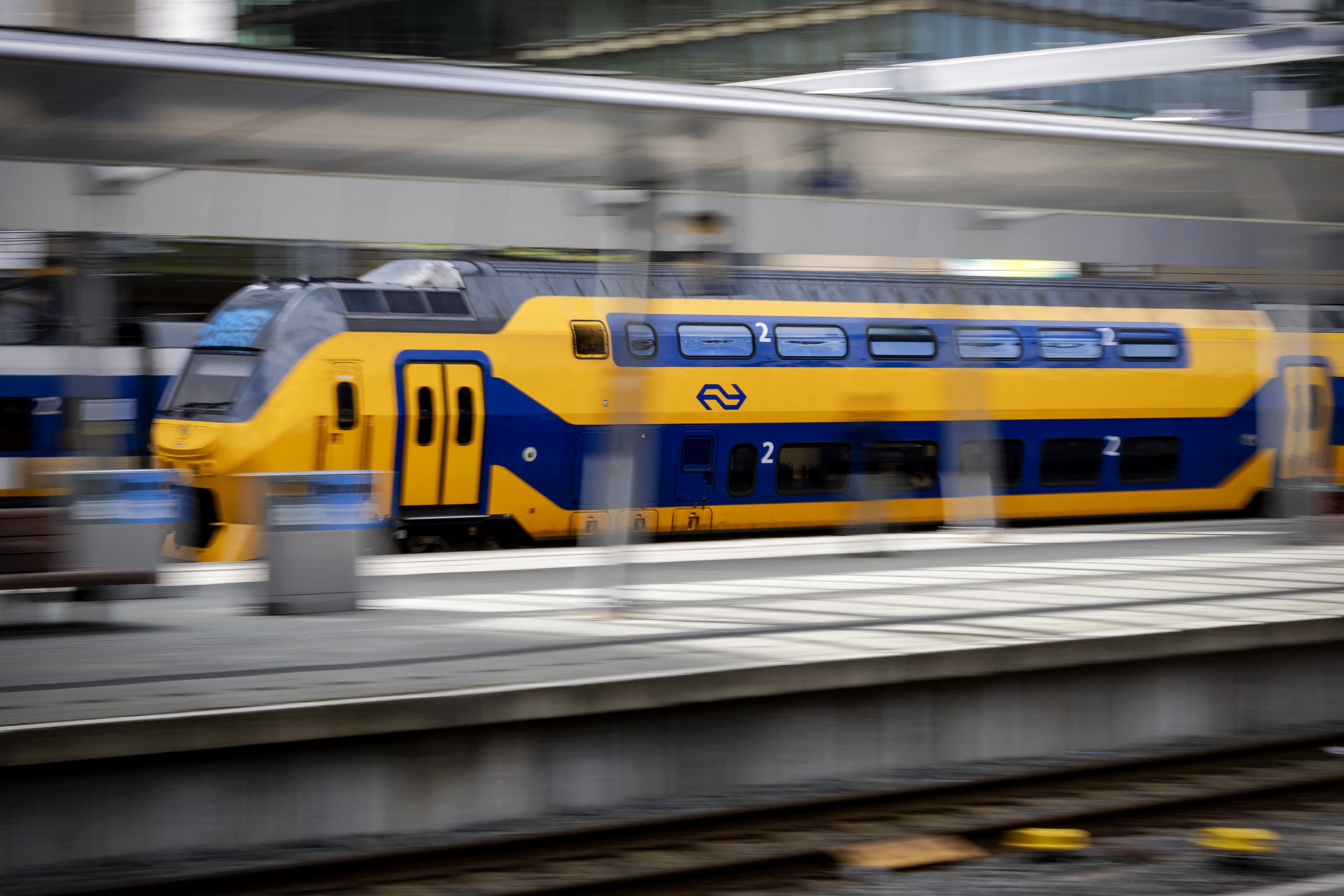Travel
High-speed rail link will revolutionize travel between ancient cities

The introduction of a new high-speed railway connecting two ancient northern European cities is poised to transform transportation for one of the continent’s most popular travel routes.
Eurocity Direct, the newest service linking Brussels and Amsterdam, will connect the two cities in near-record time, according to one of the firms in charge of the project, and shave 45 minutes off the current three-hour journey.
Operated in partnership between Nederlandse Spoorwegen (NS) and SNCB, the two countries’ main passenger railway companies, the new link will run 16 daily return trips, doubling the current number of train services linking Belgium and the Netherlands. Key stops along the route include Antwerp, Rotterdam, and Schiphol Airport, providing convenient connections to other major transportation hubs.
For travelers, this setup enables seamless access to a variety of cultural and economic centers between Belgium and the Netherlands, catering to both tourists and business professionals who frequently travel this corridor.
The Eurocity Direct rail link’s high-speed service offers reduced transit times, making it an attractive alternative to flights for short-distance, cross-border travel.
Set to launch on Dec. 15, the new service will complement SNBC’s existing “Intercity” connection, which will be rebranded as “EuroCity” and terminate at Rotterdam.
Robin van Lonkhuijsen/ANP/AFP via Getty Images
Its top speed of 200 miles per hour is still below other European high-speed lines, such as Trenitalia’s Frecciarossa 1000 (224 mph) or Deutsche Bahn’s Intercity-Express 3 (217 mph). However, passengers on the Eurocity Direct trains will also be able to enjoy upgraded amenities and improved “onboard comfort,” according to NS.
The introduction of this faster route is not only about speed and sustainability; it is also expected to boost tourism and economic ties between Belgium and the Netherlands. Belgium’s capital, Brussels, and the Netherlands’ capital, Amsterdam, both over 1,000 years old, are among Europe’s most vibrant cities, rich in history, culture, and economic activity. By bridging these two cities more effectively, the Eurocity Direct will encourage a freer flow of tourists and business travelers, benefiting both local economies.
The high-speed connection also dovetails with broader trends in European rail travel. The European Union (EU) is actively investing in and promoting rail infrastructure as part of its Green Deal. This policy shift aims to support a cleaner, greener Europe by encouraging the use of public transportation over more carbon-intensive options like cars and planes.
These priorities have culminated in the proposed Trans-European Transport Network (TEN-T), an EU initiative aiming to upgrade Europe’s intracontinental transport infrastructure into a “coherent, efficient, multimodal, and high-quality” model. The project, divided into two layers, hopes to improve rail and road links between Europe’s major urban centers – the Core Network – by 2030, with the Comprehensive Network linking smaller, regional areas by 2040.
According to the European Commission’s department for Mobility and Transport, the project “fosters efficient transportation for people and goods, ensures access to jobs and services, and enables trade and economic growth.
“It strengthens the EU’s economic, social and territorial cohesion and creates seamless transport systems across borders, without gaps, bottlenecks or missing links. In particular since its revision in 2024, it also aims to reduce the environmental and climate impact of transport and to increase the safety and the resilience of the network.”
Do you have a story we should be covering? Do you have any questions about this article? Contact LiveNews@newsweek.com.




.jpg)




